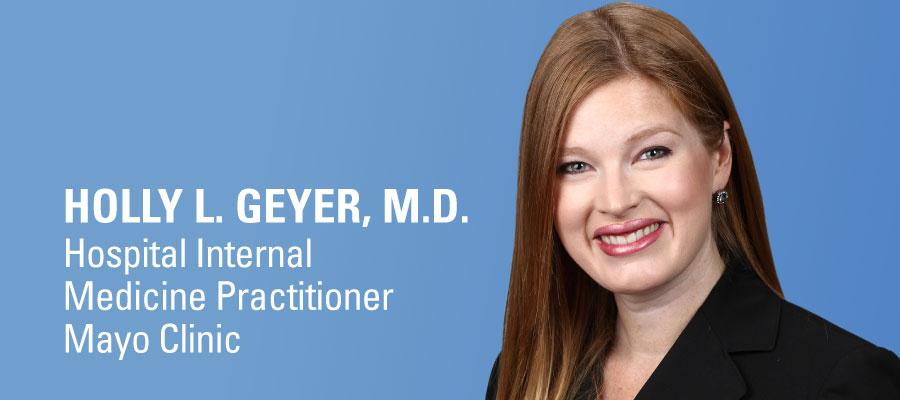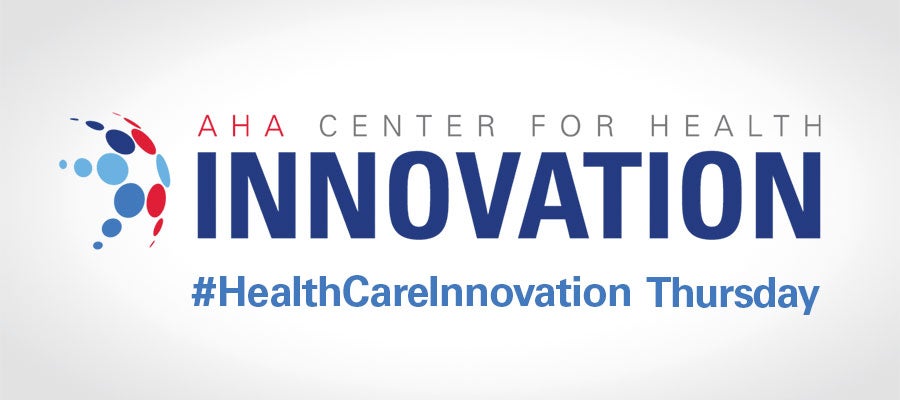Today Not Tomorrow: It’s Time for Opioid Stewardship


If there has ever been a time for opioid stewardship, it’s now. Between May 2019 and May 2020, the United States had the highest number of drug overdose deaths ever recorded in a 12-month period. Synthetic opioids were the primary driver for this increase with a 38% rise in deaths over the previous year. One-fifth of the country saw opioid death rates increase almost 100%.
Although COVID-19 has been a significant contributor to the substance abuse epidemic, it does not explain 2019 mortality trends nor account for broad efforts to distribute naloxone as a rescue antidote for overdoses.
We’re All in This Together: Opioid Stewardship Means Teamwork
Multiple studies have confirmed the value of integrating opioid stewardship practices when prescribing this drug class. Indeed, research has found that up to 90% of heroin-addicted patients began their addiction with prescribed opioids. The pattern is clear: Once addicted to prescribed opioids that are no longer accessible, a patient turns to illicit sources.
Our health care system can no longer ignore the growing opioid crisis. And we don’t have to face it unprepared.
Opioid stewardship is the commitment to safe prescribing so that the right patient receives the right opioid for the right indication and the right length and dose of treatment. That’s easier said than done, and putting this philosophy into practice is best accomplished through establishing a robust opioid stewardship program supported by organizational policies, protocols and workflows that promote program adherence and evaluation metrics.
Multidisciplinary involvement, leadership endorsement and practice engagement are just a few of the key stakeholder interventions critical to designing a successful program. With most health care programs still buried under the pressures of the COVID-19 pandemic, many feel ill equipped to return attention to America’s growing opioid epidemic.
The Right Tool to Get the Job Done
The American Hospital Association offers organizations and providers “Stem the Tide: Opioid Stewardship Measurement Implementation Guide.” Designed for health care organizations interested in establishing or expanding their opioid stewardship program, this guide offers step-by-step guidance on setting up, promoting and maintaining a stewardship program from the ground up.
The guide incorporates a variety of state and national resources and external stewardship examples from leading organizations across the Unites States. It also takes into account the need to tailor each program depending on an organization’s size, patient population, budget limitations and other limiting resources. Teams will find the content easily translatable to actionable opportunities that can be carried out by engaged health care providers, administrators and support teams.
A companion toolkit, “Stem the Tide: Addressing the Opioid Epidemic,” includes links to resources that organizations can use to implement their program. These resources cover eight topic areas: 1) clinician education on prescribing practices; 2) nonopioid pain management; 3) addressing stigma; 4) treatment options for opioid use disorders; 5) patient, family and caregiver education; 6) transitions of care; 7) safeguarding against diversion; and 8) collaborating with communities. This toolkit also highlights examples of how organizations have used the resources in the toolkit to build their opioid stewardship programs and improve patient outcomes.
The Time Is Now
Our health care system can no longer ignore the growing opioid crisis. And we don’t have to face it unprepared. Resources like AHA’s “Stem the Tide” curriculum are designed to share knowledge, experience and best practices from experts in the field, making this important information accessible to all. The sooner that organizations standardize opioid prescribing and monitoring practices, the sooner the U.S. health care system as a whole can offer a continuum of care to patients.
Yesterday’s statistics need not reflect tomorrow’s numbers. Together we can stem the tide of the opioid epidemic.
Holly L. Geyer, M.D., is a hospital internal medicine practitioner subspecialized in addiction medicine at the Mayo Clinic in Phoenix, Arizona.

